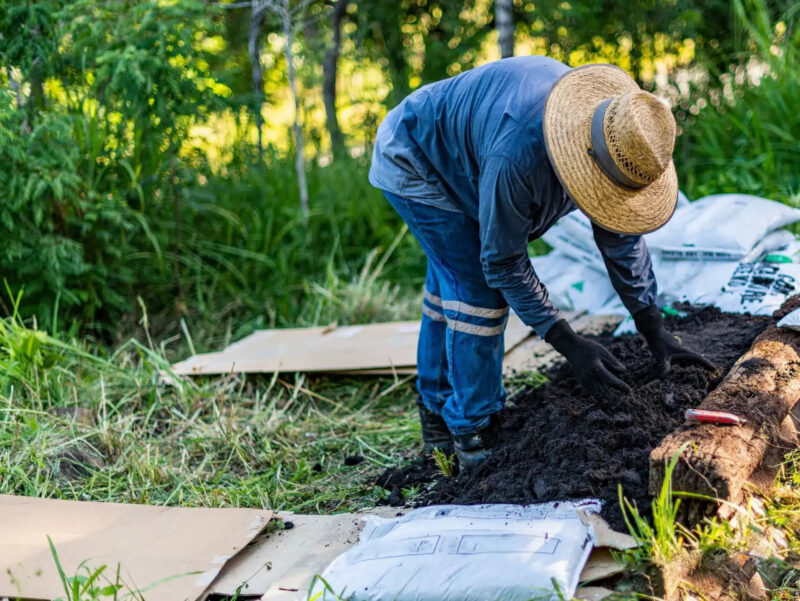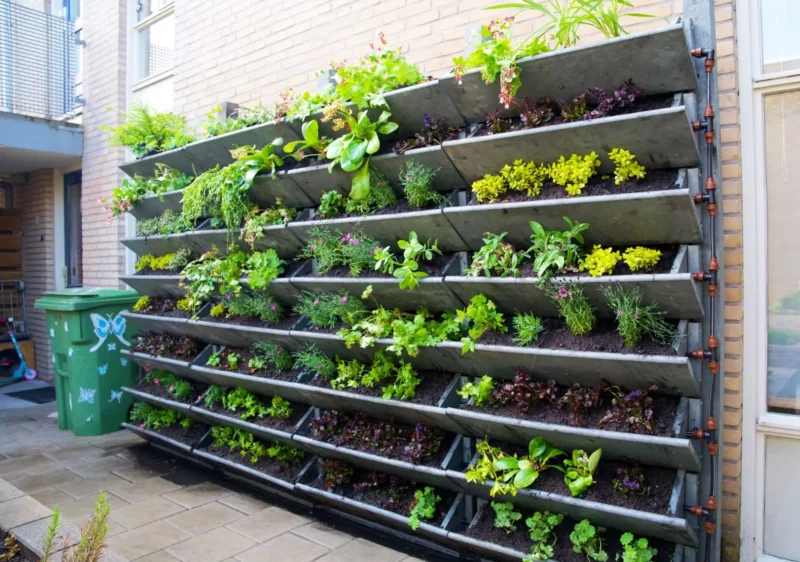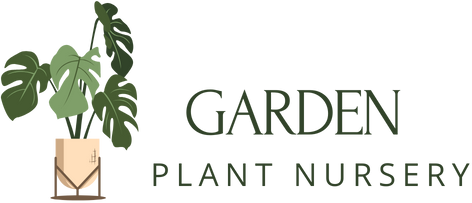Have you ever stood in your backyard, seeds in hand, feeling excited but also completely overwhelmed? Like you’re supposed to know how to make your garden grow lush and healthy without turning it into an expensive, time-consuming science experiment?
Yeah, I get it. Spring is the season of possibilities, but it can also be a bit intimidating, especially if you’re trying to garden sustainably.
The good news? You don’t need fancy gear, expensive fertilizers, or a huge backyard to grow an eco-friendly garden. What you need are a few clever, creative gardening hacks that are not only easy to do but also kind to the planet.
In this post, I’m sharing some of my favorite eco-friendly gardening hacks, built from years of trial, error, and success. These are practical tips you can use today to start your spring garden a smart and sustainable way. Whether you’re working with a small balcony or a full backyard, you’ll find something useful to grow plants more effectively.
>>> Read more: 14 Stunning Spring Flowers to Beautify Your Garden
Reuse and Recycle: Garden Smarter, Not Harder

One of the simplest ways to practice sustainable gardening is to repurpose what you already have.
-
Toilet paper rolls make excellent biodegradable seed starters. Just fill them with potting soil and pop in your seeds. When it’s time to plant outside, you can drop the whole roll into the soil, and it will naturally break down.
-
Got plastic bottles? Turn them into self-watering systems by poking small holes in the cap, filling them with water, and sticking them upside down in the soil. This helps prevent overwatering and keeps the roots consistently moist.
-
Old wood pallets? These are perfect for creating vertical gardens, especially if you’re tight on space. They work well for herbs, strawberries, lettuce, and even small flowering plants.
Bonus tip: Use egg cartons, yogurt containers, and even milk jugs to start seedlings. Label them with waterproof markers so you can track what you planted.
These creative, green gardening solutions reduce waste and help you grow plants in a way that’s both cost-effective and environmentally friendly.
Composting: Your Garden’s Secret Superpower

If there’s one eco-friendly gardening tip I swear by, it’s composting.
Kitchen scraps like banana peels, coffee grounds, and eggshells aren’t trash—they’re treasure. Toss them in a compost bin or pile along with some yard waste like leaves, twigs, and grass clippings and let nature do the work.
Not only does this cut down on your household waste, but it also creates a nutrient-rich organic fertilizer that your plants will love. It’s a sustainable gardening practice that supports healthy soil biology and eliminates the need for chemical fertilizers.
If you’re short on space, try vermicomposting. It’s a small-scale system using worms to break down organic matter, and it’s super efficient for urban gardeners. Plus, worm castings are one of the most potent natural fertilizers you can get.
Need a quicker composting hack? Try trench composting. Dig a hole directly in your garden bed, toss in your food scraps, and cover it with soil. It’ll decompose right where your plants grow.
Water Conservation: Save Water, Help Your Plants Thrive

Water is precious, and smart watering can make all the difference.
-
Set up a rainwater harvesting system using barrels or large containers to collect water during spring showers. Rainwater is free of salts and chemicals, making it ideal for plants.
-
Practice mulching with leaves, straw, grass clippings, or wood chips. It helps the soil retain moisture, suppresses weeds, and adds organic matter as it decomposes.
-
Create DIY drip irrigation using old hoses or recycled tubing. Drill tiny holes along a hose, lay it through your garden beds, and connect it to a water source. This delivers water right to the roots where it’s needed most.
Pro tip: Water in the early morning or late afternoon to minimize evaporation and help plants absorb water more efficiently.
Natural Pest Control That Works

Skip the toxic sprays and try these natural alternatives:
-
Companion planting: Grow pest-repelling plants like marigolds, basil, or mint next to your vegetables. Basil repels mosquitoes and flies, while marigolds deter nematodes and aphids.
-
Garlic or chili spray: Mix crushed garlic or hot chili with water and a drop of dish soap to create a homemade insect repellent. Spray it on the leaves of plants prone to pests.
-
Attract beneficial insects like ladybugs, lacewings, and parasitic wasps by planting flowers such as yarrow, alyssum, and dill. These insects prey on harmful bugs and keep populations in check naturally.
Don’t forget to rotate your crops each year to confuse pests and prevent infestations.
Soil Health Starts With You

Healthy soil equals healthy plants. And no, you don’t need chemical fertilizers to get there.
-
Try no-dig gardening to preserve the soil’s structure and encourage microbial life. Avoid tilling and instead add compost or mulch directly on top.
-
Add organic soil amendments like compost tea, worm castings, or seaweed extract to boost nutrients naturally.
-
Plant cover crops like clover, buckwheat, or hairy vetch during the off-season. They fix nitrogen, suppress weeds, and improve soil structure.
Get to know your soil by doing a simple pH test. Adjust as needed with lime or sulfur to make nutrients more available to your plants.
Smart Gardening for Small Spaces

You don’t need a full backyard to start gardening. Here’s how to grow more with less:
-
Use vertical gardening techniques like trellises, hanging planters, or wall-mounted pockets. Great for peas, beans, strawberries, and herbs.
-
Turn a corner into a keyhole garden, a circular raised bed with a central compost basket. It’s water-efficient and space-saving.
-
Upcycle old furniture like bookshelves or ladders as plant stands. Add wheels to make them mobile and easy to move depending on sunlight.
If you’re short on sun, grow shade-tolerant plants like leafy greens, mint, or kale.
Final Thoughts: Start Simple, Stay Consistent
The best part about these eco-friendly gardening hacks is that you don’t need to do them all at once. Pick a few that feel doable and build from there. Gardening, like anything worthwhile, is a journey.
Spring is the perfect time to try something new, reconnect with nature, and create a green space that reflects your values.
So go ahead, get your hands dirty—in the best way. Your plants (and the planet) will thank you.
Frequently Asked Questions
1. What’s the easiest eco-friendly gardening hack for beginners? Using toilet paper rolls as seed starters is quick, cheap, and biodegradable—perfect for beginners who want to recycle and save money.
2. Can I compost if I live in an apartment? Yes! Try vermicomposting. It’s compact, odorless, and perfect for small spaces. You can even keep it under your kitchen sink.
3. How can I naturally repel pests without chemicals? Companion planting and homemade garlic or chili sprays are safe, effective methods that won’t harm your plants or the environment.
4. Is rainwater harvesting legal in the U.S.? In most states, yes—but always check your local regulations. Some states have specific rules about storage or use.
Want more tips like these? Check out my guide on HERE.
